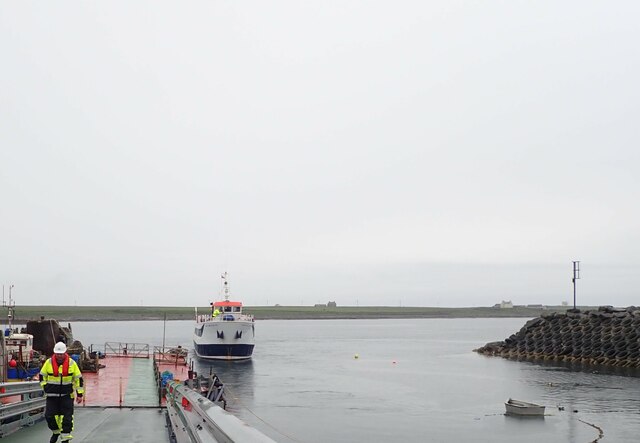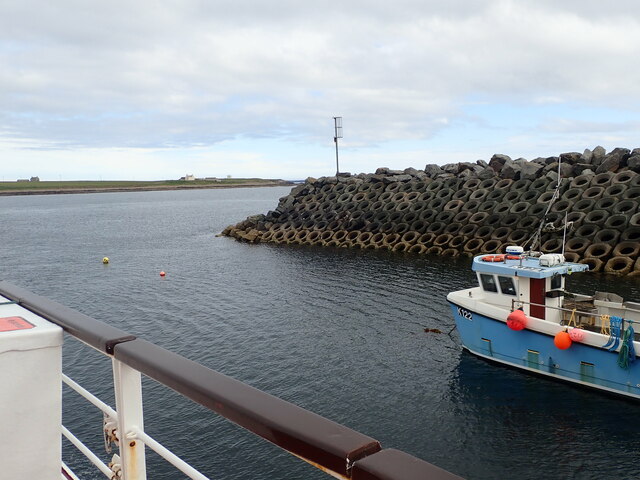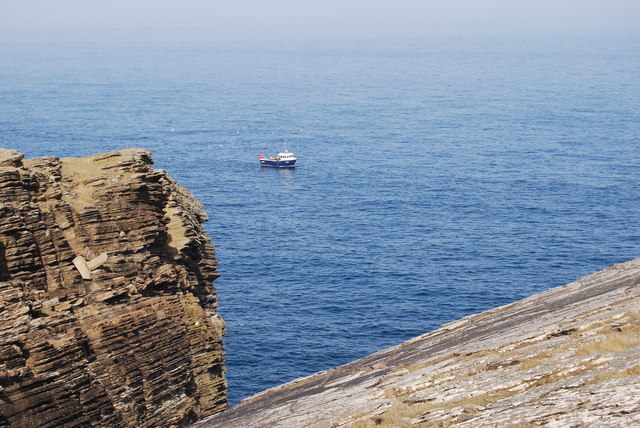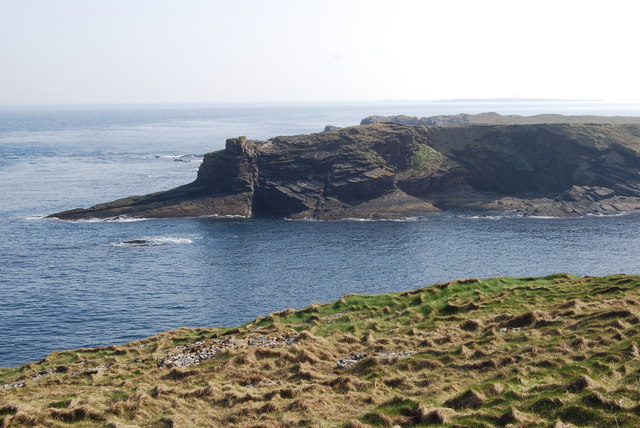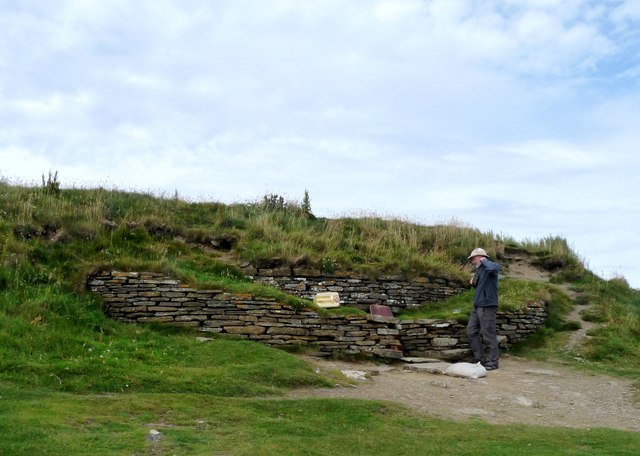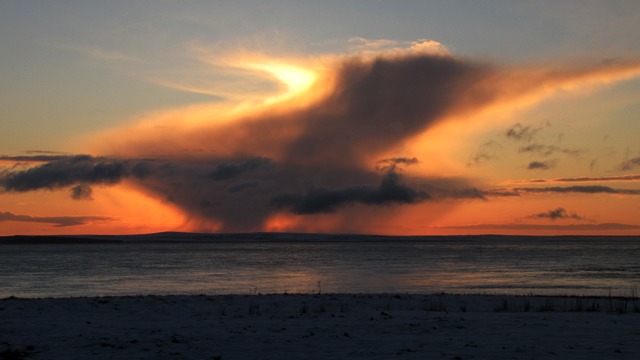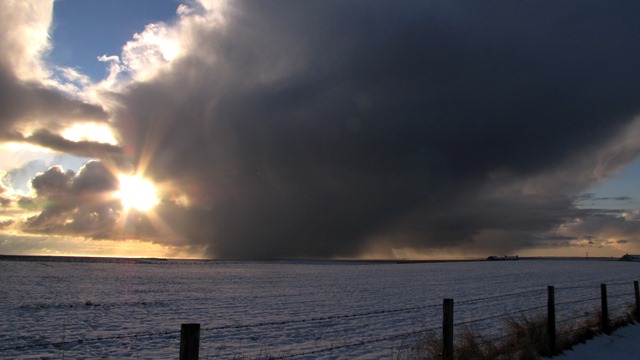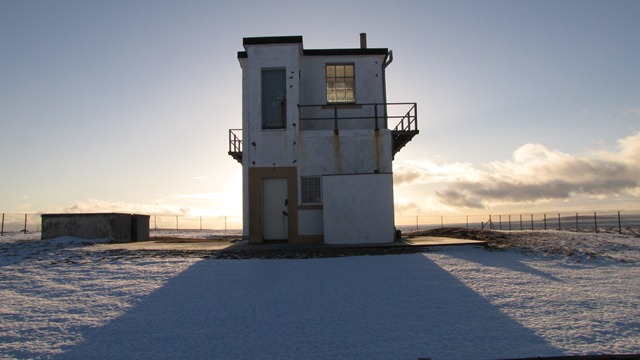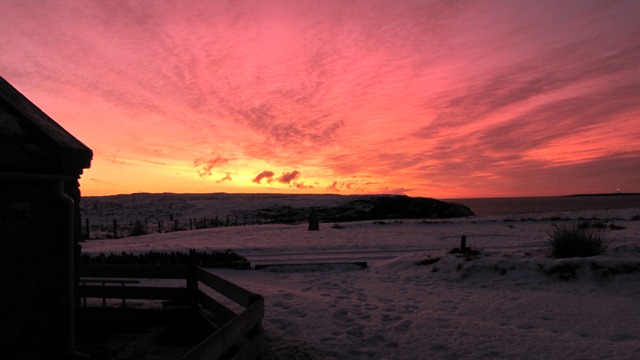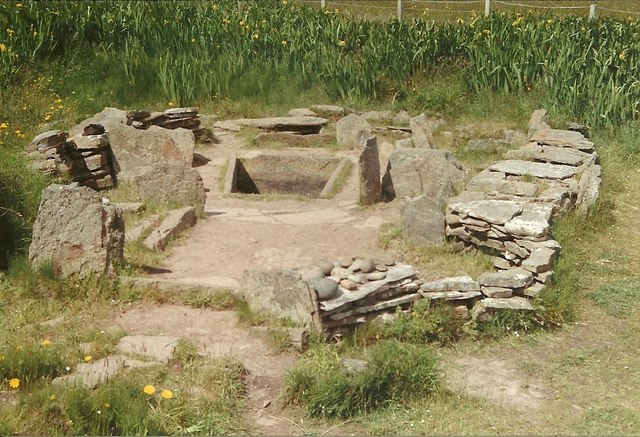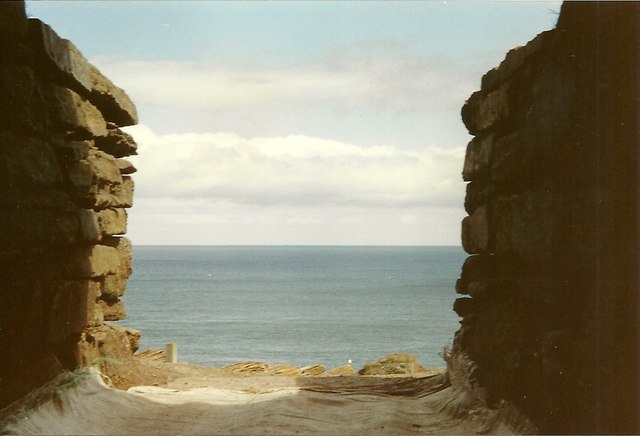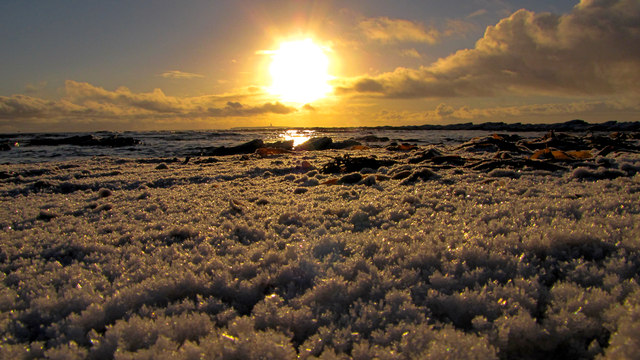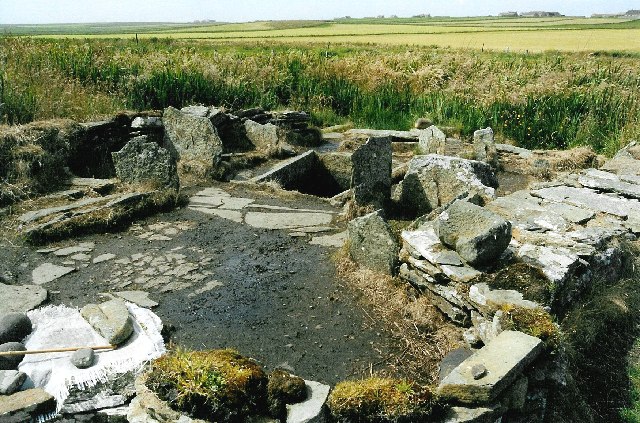Cumla Geo
Coastal Feature, Headland, Point in Orkney
Scotland
Cumla Geo
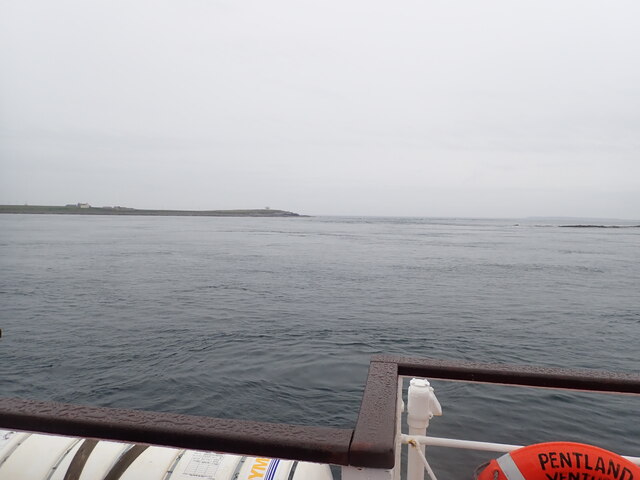
Cumla Geo is a prominent coastal feature located on the Orkney Islands, an archipelago situated off the northeastern coast of mainland Scotland. Specifically, it is situated on the island of Hoy, which is the second-largest island in the Orkney group. Cumla Geo is classified as a headland or point, characterized by its distinct protrusion into the sea.
The headland is formed by rugged cliffs that rise steeply from the surrounding waters, reaching heights of approximately 200 meters (656 feet) in some places. These cliffs are composed of sandstone and are known for their striking geological formations, including intricate layers and patterns that tell a story of the area's ancient past.
Cumla Geo offers breathtaking panoramic views of the North Atlantic Ocean, with its location on the western coast of Hoy providing a prime vantage point for observing the dramatic seascape and the neighboring islands. The headland is also known for its rich wildlife, serving as a habitat for various seabird species, including puffins, guillemots, and razorbills.
Access to Cumla Geo is possible via a well-maintained footpath that leads visitors through heather-covered moorland and offers an immersive experience with the island's natural beauty. However, caution is advised when exploring the headland due to the steep cliffs and potentially treacherous conditions, especially during inclement weather.
Cumla Geo exemplifies the rugged and picturesque coastal landscape that makes the Orkney Islands a popular destination for nature enthusiasts and outdoor adventurers alike. Its unique geological features and stunning vistas make it a must-visit location for those seeking a memorable experience on the island of Hoy.
If you have any feedback on the listing, please let us know in the comments section below.
Cumla Geo Images
Images are sourced within 2km of 58.73369/-2.9398369 or Grid Reference ND4583. Thanks to Geograph Open Source API. All images are credited.
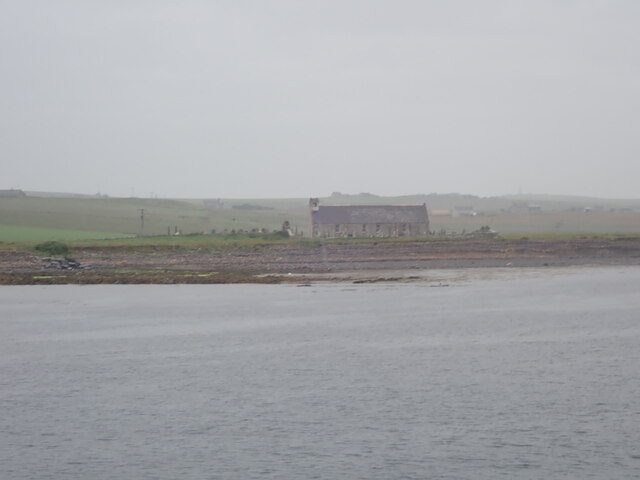
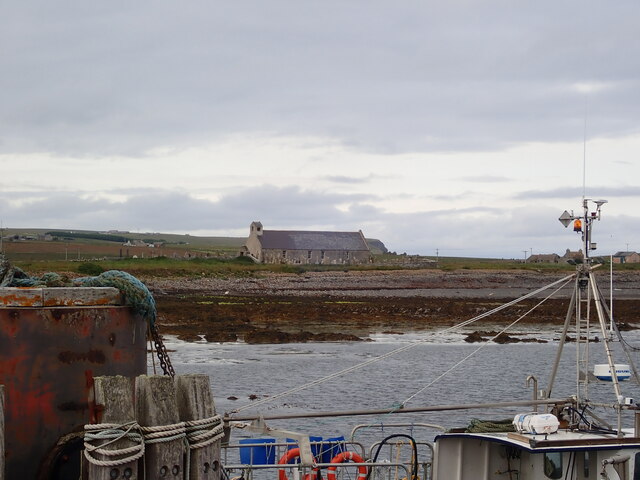
Cumla Geo is located at Grid Ref: ND4583 (Lat: 58.73369, Lng: -2.9398369)
Unitary Authority: Orkney Islands
Police Authority: Highlands and Islands
What 3 Words
///unfair.snapped.midwinter. Near St Margaret's Hope, Orkney Islands
Nearby Locations
Related Wikis
Tomb of the Eagles
The Tomb of the Eagles, or Isbister Chambered Cairn, is a Neolithic chambered tomb located on a cliff edge at Isbister on South Ronaldsay in Orkney, Scotland...
Liddle Burnt Mound
Liddle Burnt Mound is a Bronze Age site on the island of South Ronaldsay, Orkney. The site consists of the remains of a building and a mound that surrounds...
Burwick, Orkney
Burwick () is a small harbour on the island of South Ronaldsay in the Orkney Islands, Scotland. It is the closest Orkney harbour to the Scottish mainland...
HMS Opal (1915)
HMS Opal was an Admiralty M-class destroyer of the Royal Navy. She served in the First World War following her construction at Sunderland in 1915. Attached...
Nearby Amenities
Located within 500m of 58.73369,-2.9398369Have you been to Cumla Geo?
Leave your review of Cumla Geo below (or comments, questions and feedback).
